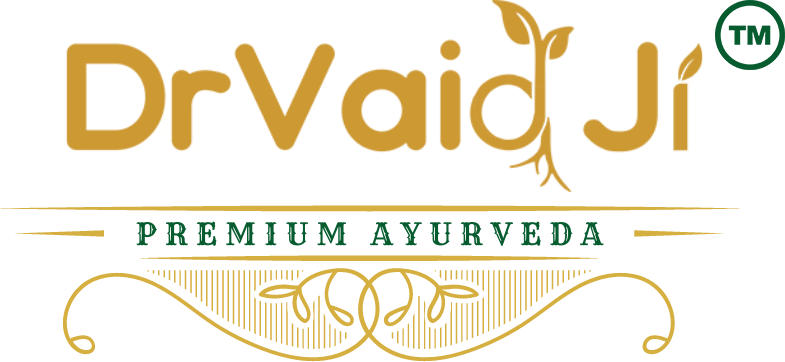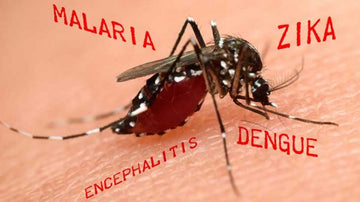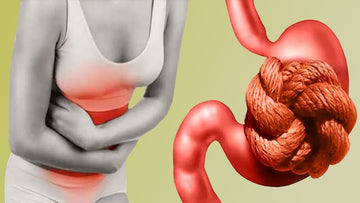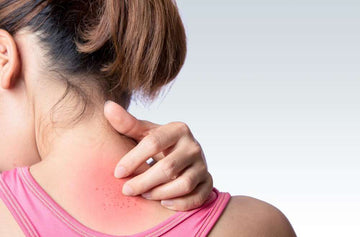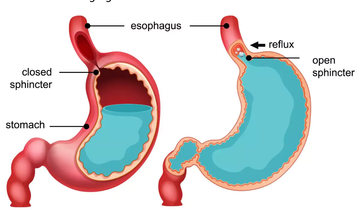Case Study - Cervical Spondylosis and Frozen Shoulder Patient
by Dr Vaid Ji on Oct 02, 2024
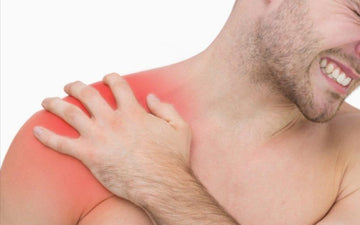
Mr. Rakesh Bansal, from Punjab, had been suffering from severe Cervical Spondylosis and Frozen Shoulder from many years. Despite consulting several orthopedicians and undergoing conventional treatments, his symptoms persisted, affecting his quality of life. He experienced chronic neck pain, stiffness, restricted shoulder movement, and numbness in his arms, significantly limiting his daily activities. The pain also disrupted his sleep and reduced his ability to work efficiently.
Medical History:
- Cervical Spondylosis: Diagnosed 5 years ago, with symptoms of neck stiffness, pain radiating to the arms, and frequent headaches.
- Frozen Shoulder: Diagnosed 3 years ago, with restricted shoulder movement and constant pain in the right shoulder.
- Previous Treatments: Multiple rounds of painkillers, muscle relaxants, physiotherapy, and injections for pain relief.
- Outcome: Limited improvement with recurring symptoms.
Consultation at Chandigarh Ayurved Centre:
Frustrated with the lack of progress from conventional treatments, Mr. Bansal consulted the Chandigarh Ayurved Centre. After a thorough assessment, it was determined that an Ayurvedic treatment approach, combined with Panchakarma therapy, would be the most suitable path for long-term relief and recovery.
Ayurvedic Diagnosis:
- Imbalance of Vata dosha was primarily responsible for his musculoskeletal issues, specifically affecting the neck and shoulder region.
- Accumulation of ama (toxins) in the body contributed to stiffness and pain.
Ayurvedic Treatment Plan:
The treatment was designed to pacify the aggravated Vata dosha, remove toxins, and restore joint mobility. The following steps were implemented:
-
Herbal Remedies:
- Yograj Guggulu: To reduce joint pain and inflammation.
- Ashwagandha: To strengthen the muscles and alleviate stress.
- Rasna: For reducing stiffness and improving mobility.
- Maharasnadi Kwath: To address inflammation and enhance joint health.
-
Panchakarma Therapies:
- Abhyanga (Oil Massage): Warm medicated oils (such as Mahanarayan oil) were applied to his neck and shoulder to improve blood circulation, reduce stiffness, and provide relief from pain.
- Swedana (Steam Therapy): Herbal steam was used post-abhyanga to open up the pores, relieve muscle tension, and reduce inflammation.
- Nasya: A detoxifying therapy where herbal oils were administered through the nasal passages to clear toxins and balance Vata dosha, which helped in relieving neck pain.
- Greeva Basti: A specialized therapy where warm medicated oil was retained on the cervical region to heal the underlying tissue and reduce pain.
- Pizhichil: A warm oil therapy aimed at nourishing and strengthening the muscles around the shoulder joint.
-
Dietary and Lifestyle Modifications:
- A Vata-pacifying diet rich in warm, moist, and nourishing foods.
- Avoidance of cold, dry, and processed foods that aggravate Vata.
- Gentle yoga and stretching exercises to improve mobility in the neck and shoulders.
Results:
After 2 weeks of continuous Ayurvedic treatment and Panchakarma therapy, Mr. Bansal reported significant improvements:
- Neck Pain: His cervical spondylosis symptoms were alleviated by 80%, with reduced pain, stiffness, and better range of motion.
- Frozen Shoulder: His shoulder mobility improved dramatically, and he could lift his arm and perform day-to-day activities without pain.
- General Well-being: The detoxification therapies improved his sleep, reduced his stress, and enhanced his overall energy levels.
Conclusion:
Mr. Rakesh Bansal’s case illustrates the effectiveness of Ayurvedic treatment and Panchakarma therapy in addressing chronic musculoskeletal conditions like cervical spondylosis and frozen shoulder. After failing to find relief with conventional methods, the holistic approach at Chandigarh Ayurved Centre not only provided him with substantial pain relief but also restored his mobility and improved his quality of life.
